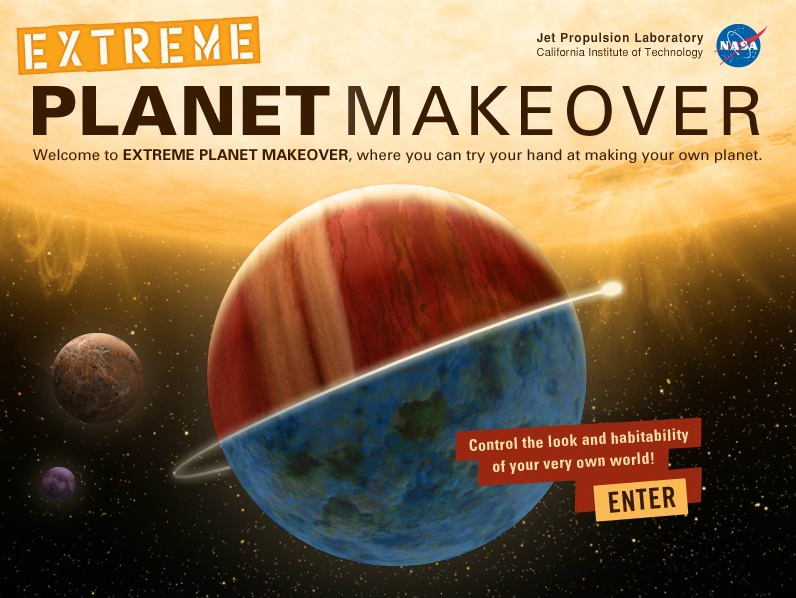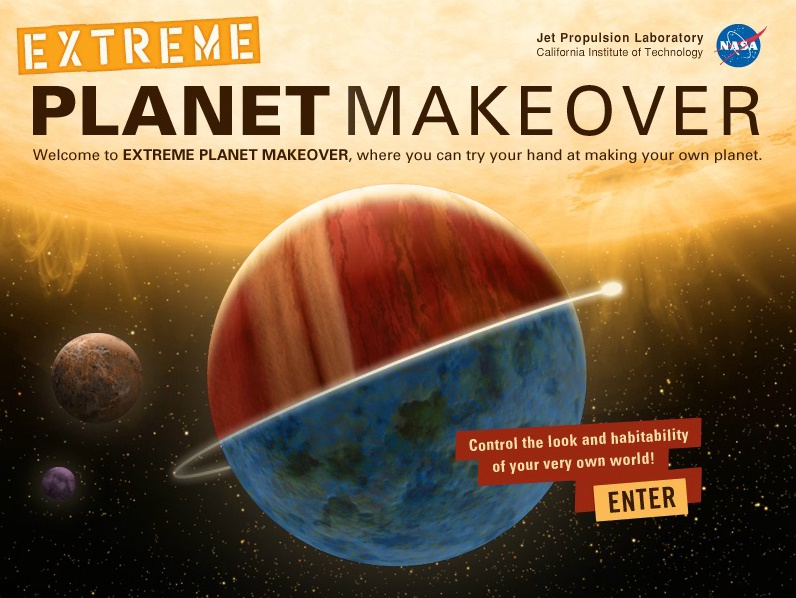

The prerequisites for a habitable planet are rather simple. Firstly, it has to be just the right size. It also needs to have a rocky surface, with a liquid core capable of generating a magnetic field and an atmosphere. It must be in the so-called Goldilocks zone: defined as the region in which a planet must lurk (in respect to its parent star, of course) for water to stably exist on the surface. It must also have a balmy temperature and a nearly-circular orbit (having an elliptical orbit is okay as long as it doesn’t take the planet too close or too far away from its star, which would lock the planet into a repetitive cycle of freezing over and thawing out).
Sounds simple, right? Not exactly.
We merely know of one habitable planet, and it’s the one we live on. Out there in deep space, we can look at a few key points (like the ones listed above) and arbitrarily decide whether a planet can indeed be considered conducive for life. Naturally, there are a lot of unknowns, and even changing one small detail can be catastrophic.
This is pretty much the essence of NASA’s interactive feature, called “Extreme Planet Makeover.” It allows the user to create a planet, and see the ramifications each seemingly-minor change has. Click the image below to play.

Other Interactive Features To Explore:
- Interactive Scale Of The Universe
- Interactive Map of Meteorite Impacts
- 50th Anniversary of Space Exploration: an Interactive Journey
- Ever Want Super-Human Vision? ‘Chromoscope’ Is The Next Best Thing
- Google’s 100,000 Stars: The Hitchhiker’s Guide to the Galaxy, Beta Version